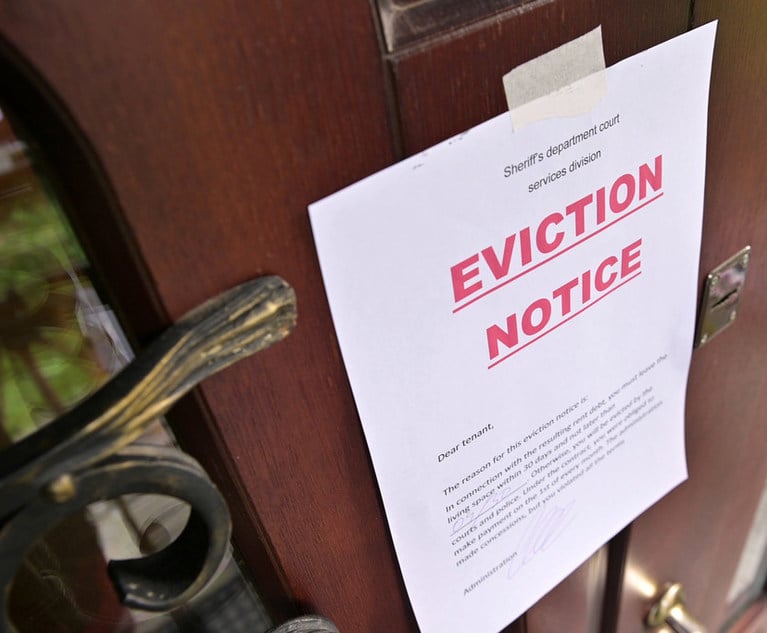The sunset provisions that extended affordable housing protections—which can be traced back to World War II—to the roughly one million apartments within New York City covered by the Rent Stabilization Law of 1969 and Emergency Tenant Protection Act of 1974 (collectively, the RSL), were set to expire on June 15, 2019. Therefore, it came as no surprise that Gov. Andrew Cuomo signed the Housing Stability and Tenant Protection Act of 2019 (HSTPA) into law on June 14, 2019, the day after it was passed by the Legislature, extending rent regulation statewide. However, the HSTPA, which also came on the heels of Mayor Bill de Blasio’s recent pronouncements that New York City is in the midst of a major affordable “housing crisis,” went radically beyond simply extending the prior protections afforded by the RSL.
HSTPA’s Radical Changes to the Rent-Regulation Laws
The HSTPA totally abolished both high-rent and high-income and high-rent luxury deregulation, and repealed vacancy increases and longevity bonuses. Beyond this, through the imposition of stringent caps, the HSTPA essentially eviscerated the rental increases from which owners previously benefited under the RSL for making Individual Apartment Improvements and Major Capital Improvements to their buildings. Effectively, the HSTPA allows owners to deregulate only under very narrow circumstances.


 Massimo D’Angelo
Massimo D’Angelo




